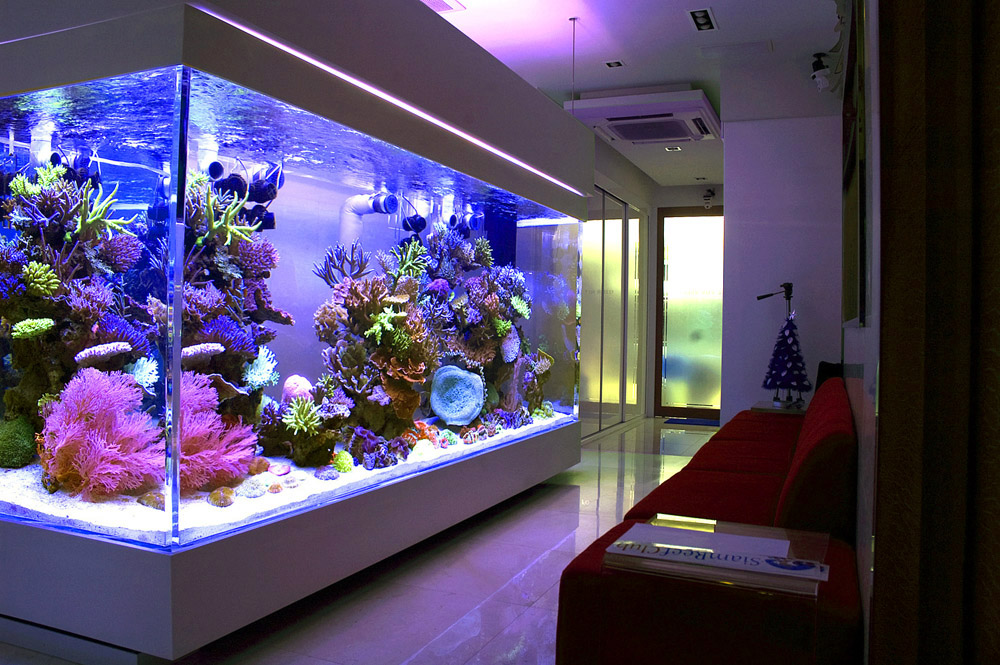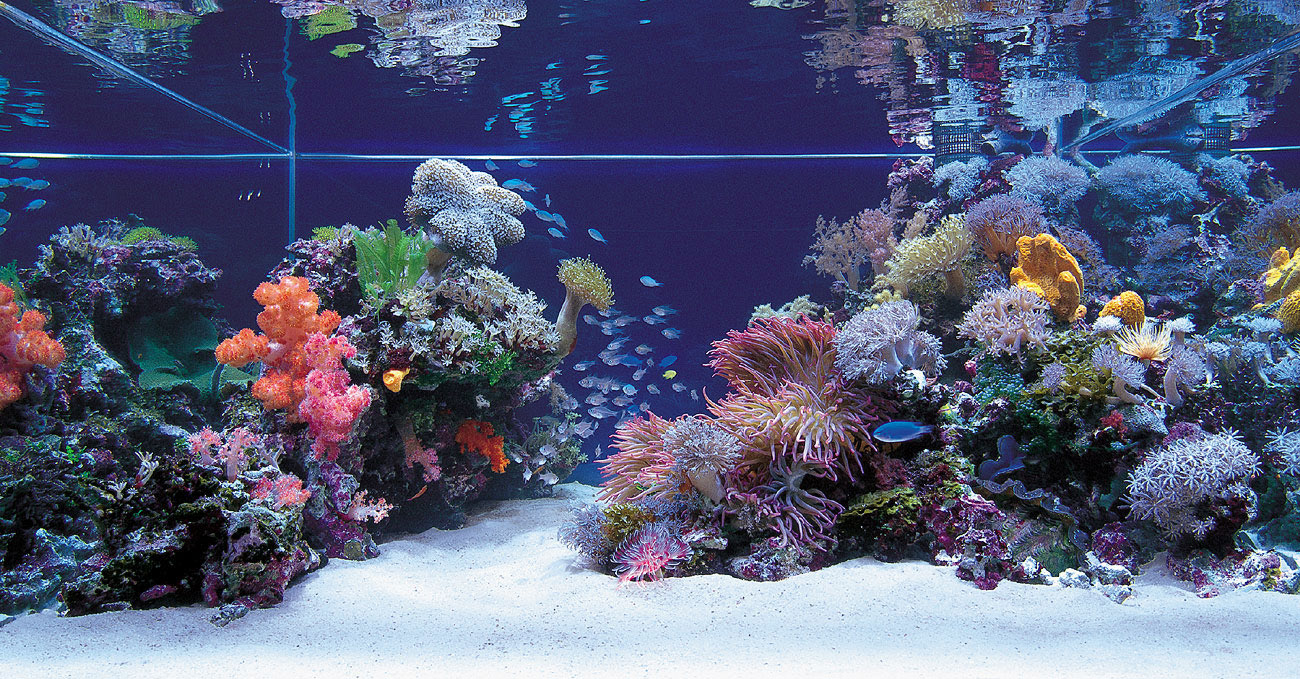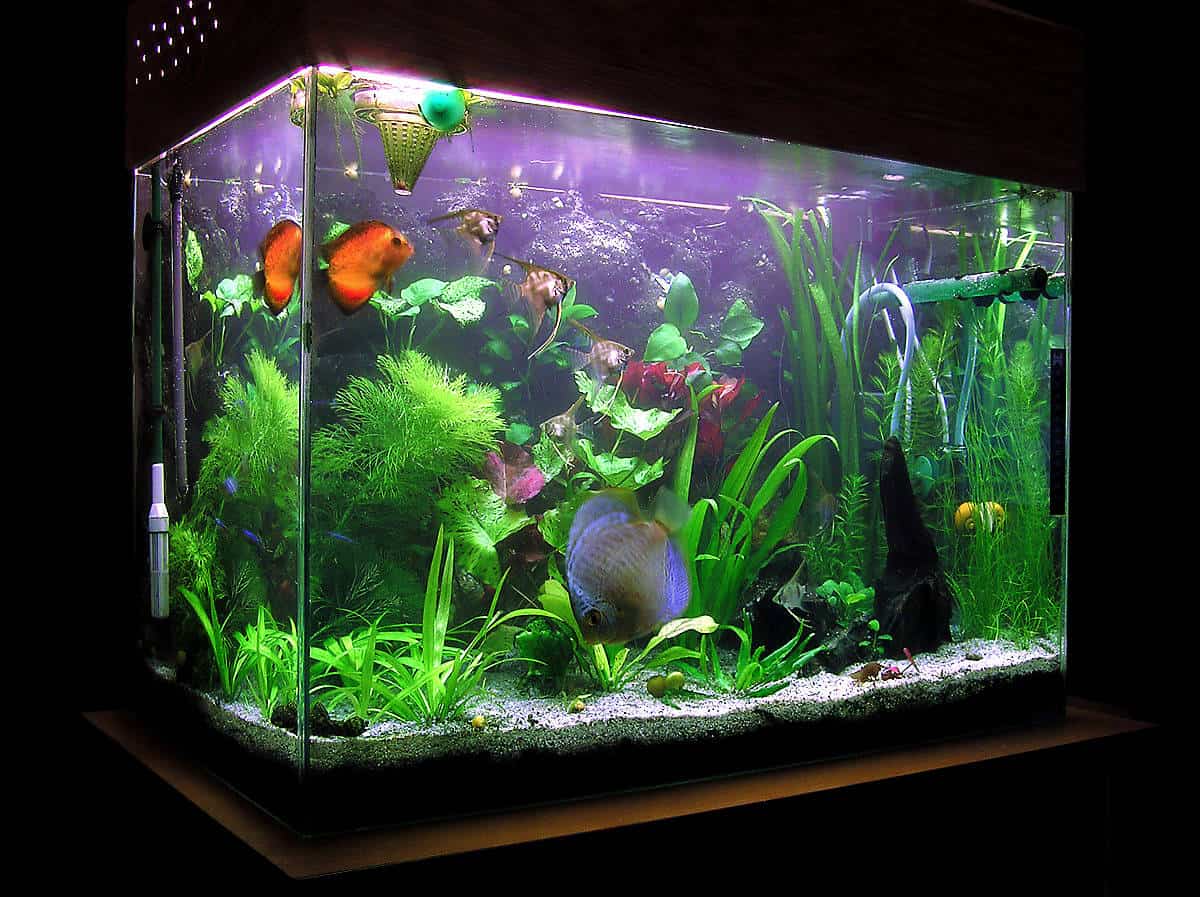
How To Maintain A Freshwater Aquarium: Essential Tips For A Clean And Healthy Tank
10 Crucial Tips on How to Maintain A Freshwater Fish Tank
Imagine sharing your aquarium tales and getting advice about that stubborn algae problem. You’ll find forums and social media groups where members post about their experiences. Discussions cover everything from tank setups to favorite fish foods.
How to keep a freshwater aquarium clean naturally?


Cleaning Supplies
- It’s better to feed smaller amounts more frequently than a large amount at once.
- While frequent water changes are generally beneficial, changing fish tank water daily is usually not necessary and can even be detrimental.
- Don’t panic; with care and observation, your fish will stay healthy and happy.
- Wastes can pollute the water when degrading threatening the life of aquarium fish.
- These small Goldfish cousins are similar in appearance to Neon Tetras but have different care needs.
An aquarium that’s safe for fish will read 0 ppm (parts per million) of ammonia, 0 ppm nitrite, and around 10 ppm of nitrate. Therefore, it’s not recommended to keep fish in an aquarium without a running filter for more than a week and that’s pushing it. Generally, the fish for an aquarium of this size should not be an over-breeder or a fast-grower. A 5-gallon bowl with some live plants would make a good habitat for a single male Betta. Such small volumes of water get polluted by organic waste very quickly and sudden ammonia spikes, deadly for aquatic inhabitants, are often observed. Betta fish, which has a unique organ called the Labyrinth, is one kind of fish that can survive such low-oxygen environments.
This might signal high ammonia or nitrite levels, which means it’s time for a water change and proper filtration. Regular water changes are necessary for a balanced aquarium environment. Also, limit the light duration to reduce algae growth, creating a balanced environment for your aquatic life. Regular use of a gravel vacuum helps pick up uneaten food and fish waste, which can lead to harmful ammonia levels. Adjustable heaters are a good investment since you can tweak the temperature if needed.
Monitoring salt levels in your aquarium ensures a healthy environment for your fish. Regular checks help prevent issues related to both low and high salt concentrations. These fish species are not only hardy and adaptable but also boast captivating colors and intriguing personalities. They flourish in various aquatic environments, making them ideal companions for a chilled-out and delightful aquarium experience.
Neon Tetras
Being a cold-water fish, the White Cloud Mountain Minnows can comfortably carry on in an aquarium even if it has no water heater. Having floating plants in the tank will give even more confidence to the fish, which in turn makes their behavior super entertaining. The Lambchop Rasbora fish do not require very soft water, but they do come from a habitat that’s a little on the softer end. These aquarium kits are beginner-friendly and come with almost all the needed equipment to start (except a heater).